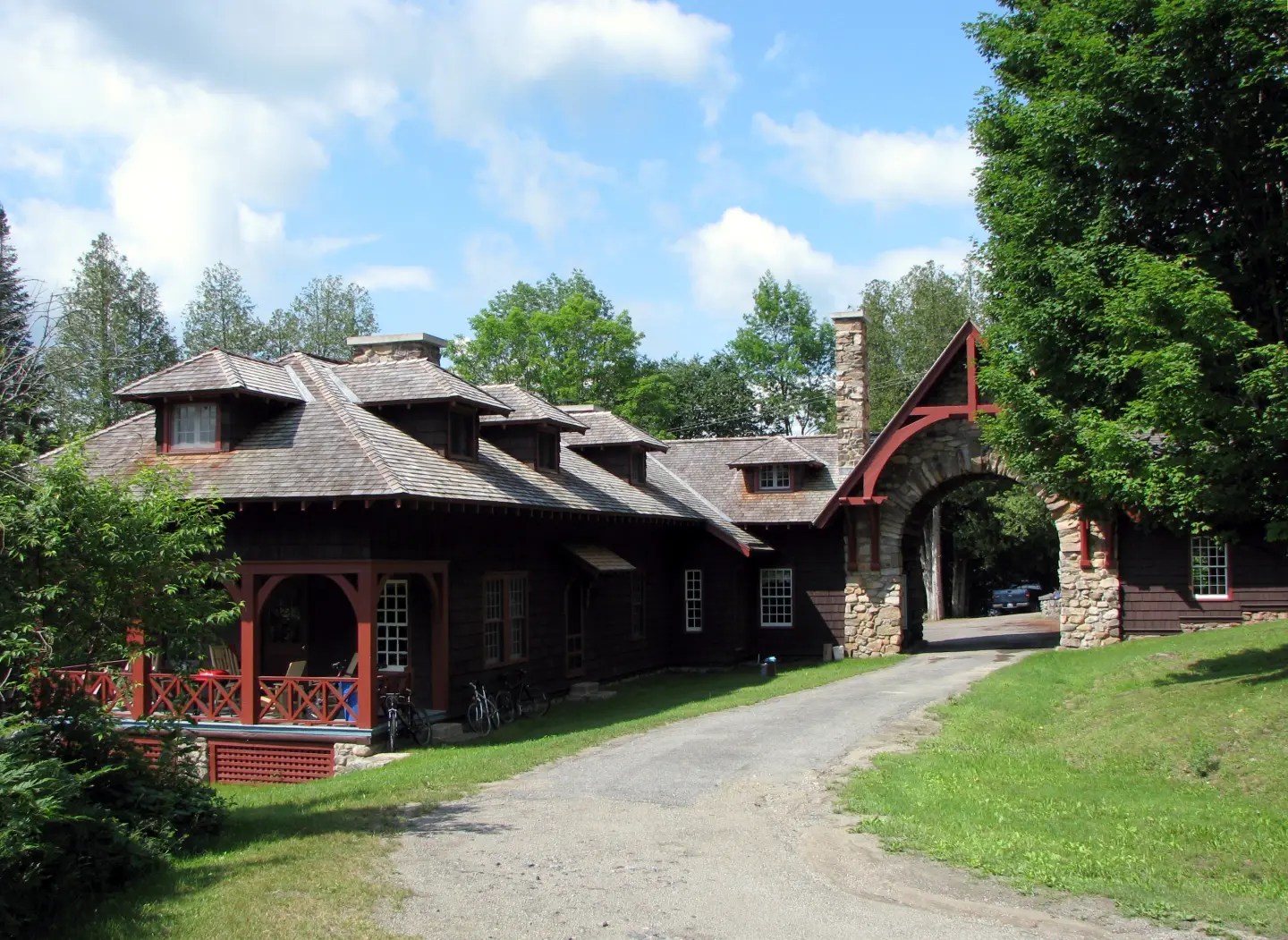Vacations are in our history. In the 1800s, as train service extended upstate and city-dwellers began looking for ways to escape the heat of summer, word spread about the beauty of the Adirondacks: the clean, freshly scented air, cool, sparkling lakes, and seemingly endless rugged terrain. Old timers and enterprising young men who knew the wilderness — and how to live in it — found they could work as guides for visitors from downstate, rowing guide boats, leading hikes and hunting and fishing parties. Books and magazines — including the immensely popular Harper's Weekly — introduced readers to the wonders of the Adirondacks, tempting writers, painters, and eager vacationers to the area.
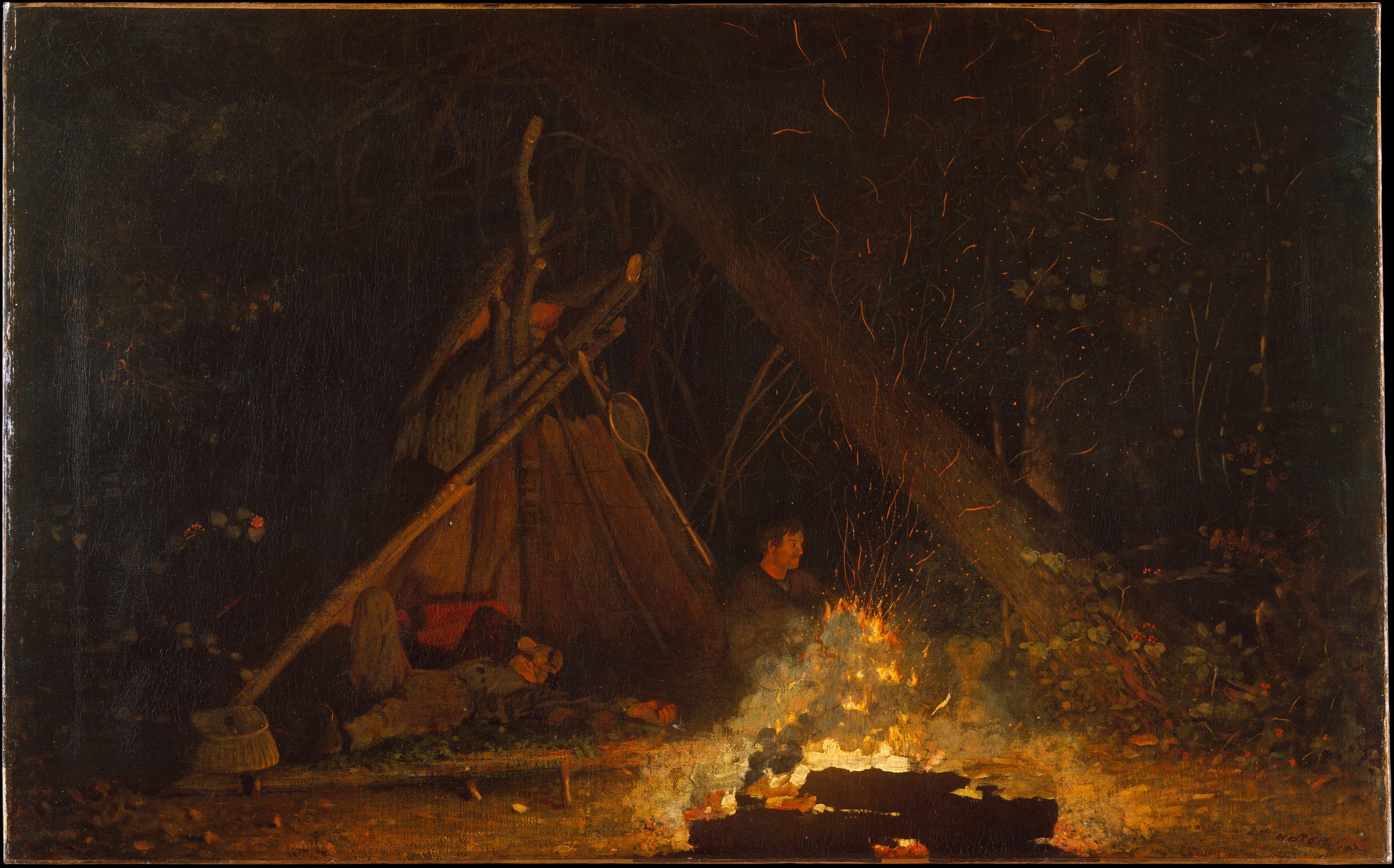
As tourism blossomed, guest houses, hotels, clubs, and summer homes were built to accommodate the increasing number of visitors. Wealthy families from outside the Adirondacks began building expansive summer estates in locations such as Lake Lila, Raquette Lake, and Sagamore Lake. The homes were built in a distinct style, constructed of massive logs cut from the Adirondacks, with elaborate twig-work details, stone fireplaces, birch-bark decor, and broad porches. In the town of Newcomb, just south of the High Peaks, banker Robert Pruyn and his wife Anna purchased more than 12,000 acres of wilderness around Newcomb Lake. The Pruyns contracted architect Robert H. Robertson to design a series of camp complexes, including the main lodge (actually six separate buildings), farm, and gatehouse. The work was completed in 1893, although some additions were made later on.
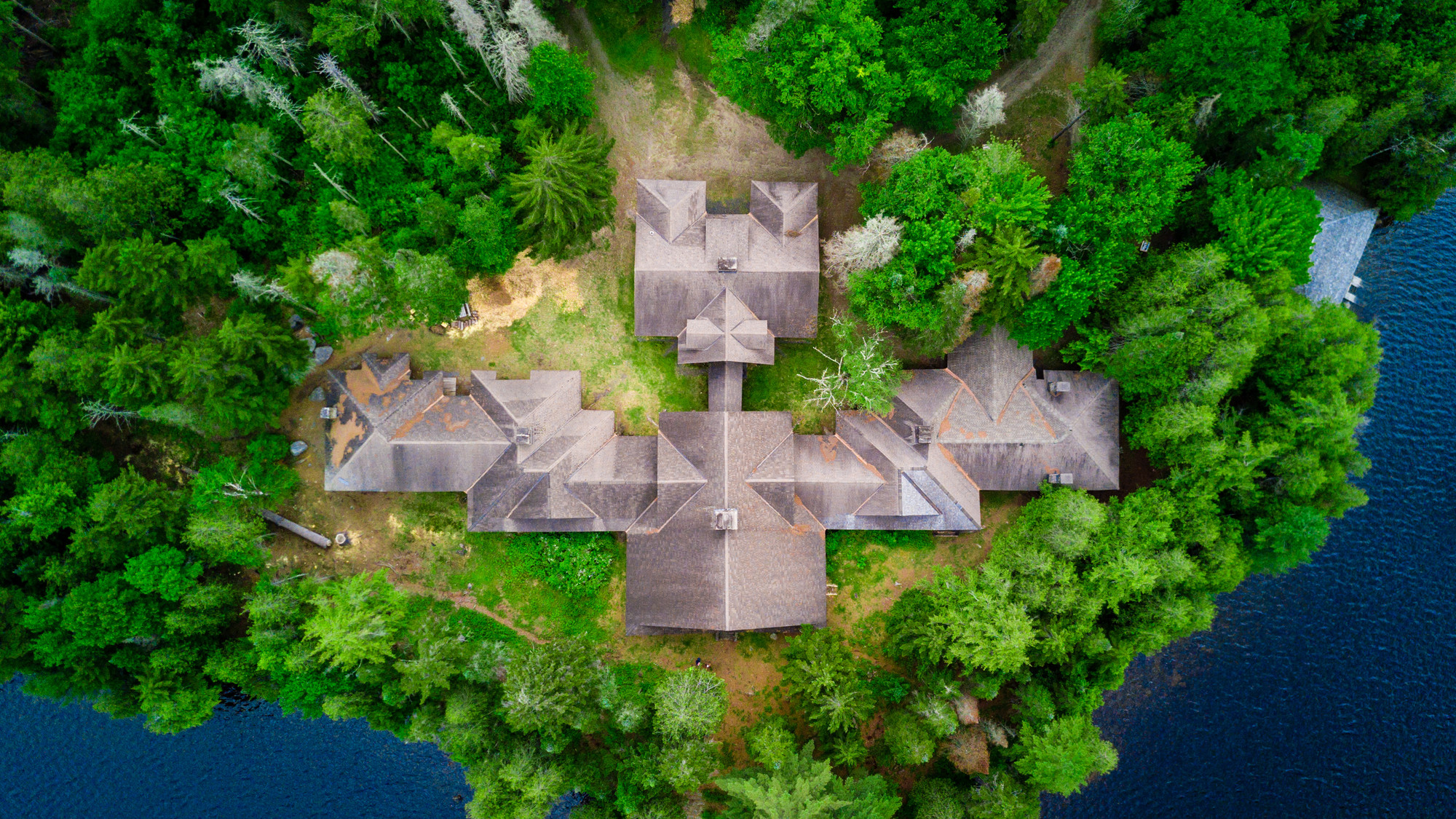
Like many great camps, Santanoni was self-sufficient, providing for the needs for the Pruyn family and their guests for lengthy summer visits. The farm complex, located one mile from the gatehouse and about 3.7 miles from the main lodge, was extensive and featured a variety of livestock and its own creamery. The produce was not just used at camp; extra products were sent to the Pruyns in Albany, and sold in Newcomb. In addition, all of the camp's staff lived at the gatehouse complex or on the farm.

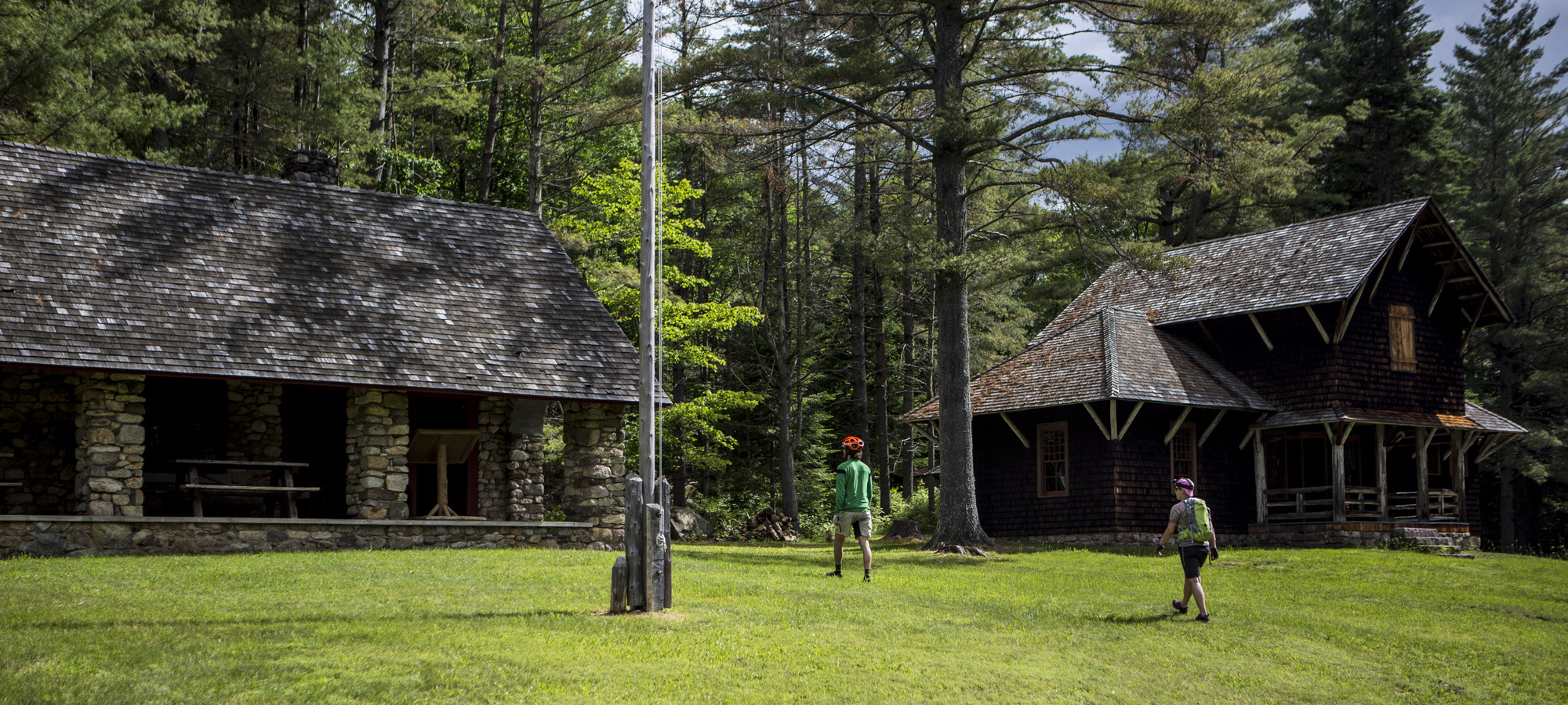
The main lodge complex, where the Pruyns entertained family and friends including Teddy Roosevelt and author James Fenimore Cooper, features a main lodge, cottages, and staff quarters connected by a series of porches. Some of the subtle architectural details were inspired by Japanese architecture, Robert Pruyn having spent time in Japan while his father was United States Minister to Japan. This influence is most significantly seen in the single roof that covers the several buildings of the main lodge complex.
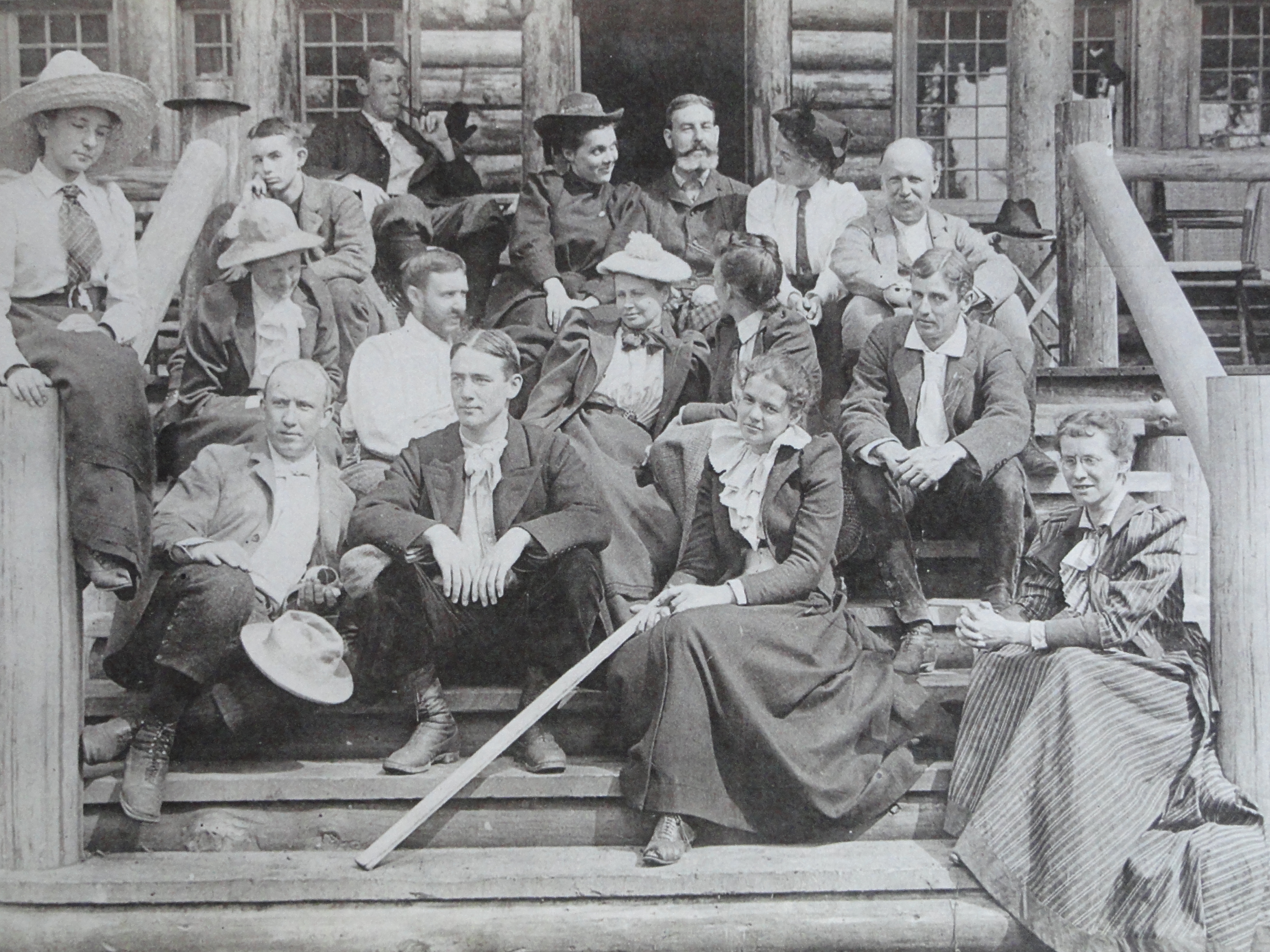
With its location on Newcomb Lake, set among thousands of acres of forest, Santanoni provided guests with a vacation full of rustic luxury. The main lodge complex featured a boathouse, artists studio, and plenty of opportunities for Adirondack adventure. Today, interpretive panels throughout the camp provide visitors with information on the history and use of the camp.
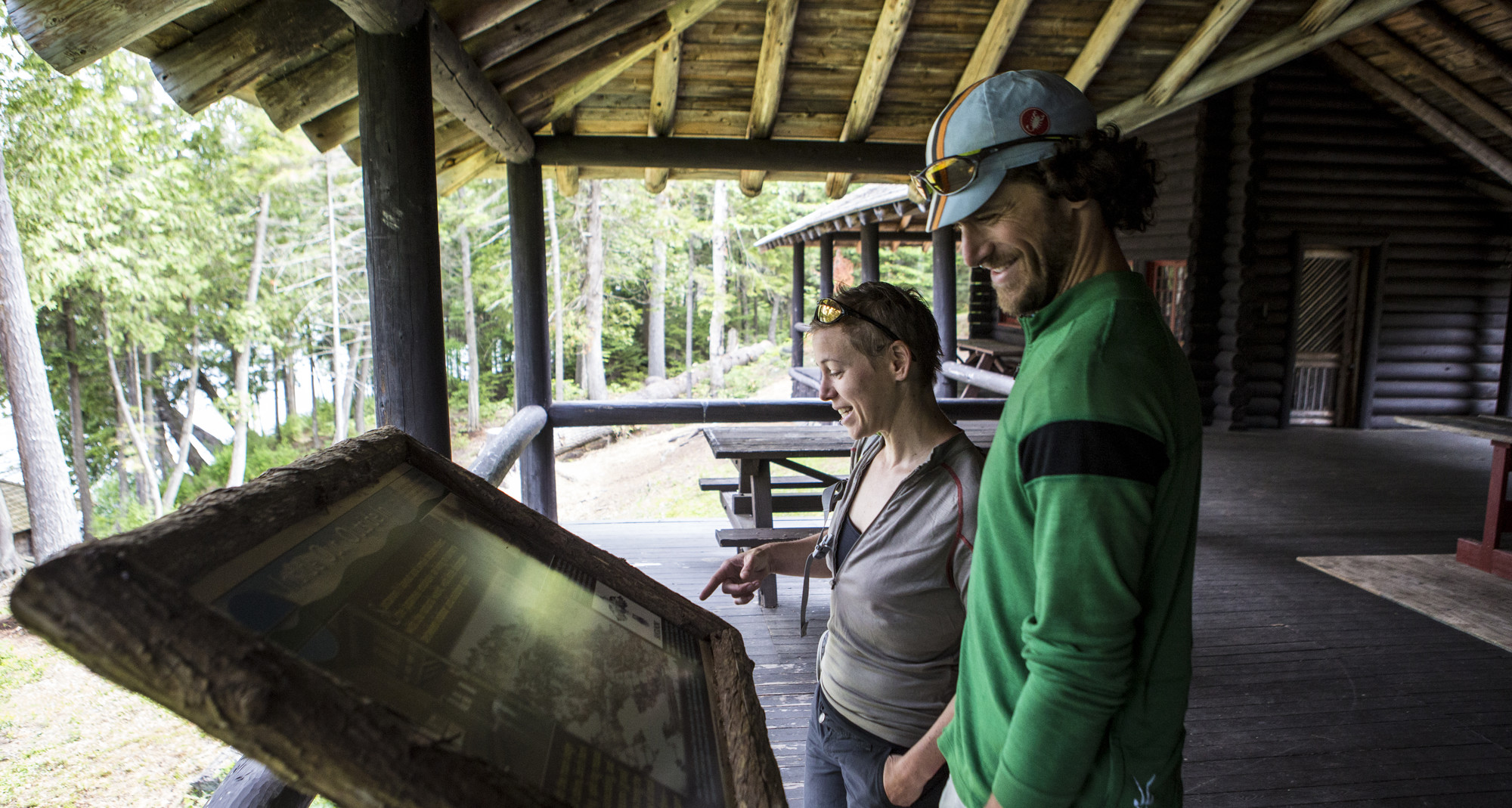
Eventually, Great Camp Santanoni changed hands and was sold to the state of New York, although for many years the buildings sat empty and unused. It is the state's Department of Environmental Conservation that today owns the camp and surrounding land, working with Adirondack Architectural Heritage to preserve many of the remaining buildings of the camp. The 4.7 mile gravel carriage road into the main lodge complex from the gatehouse does not allow cars, offering visitors a quiet experience that is reminiscent of the camp's early days. Those wishing to visit may hike or bike the drive for free, or, for a fee, ride a horse-drawn wagon from Newcombe Farms into camp.
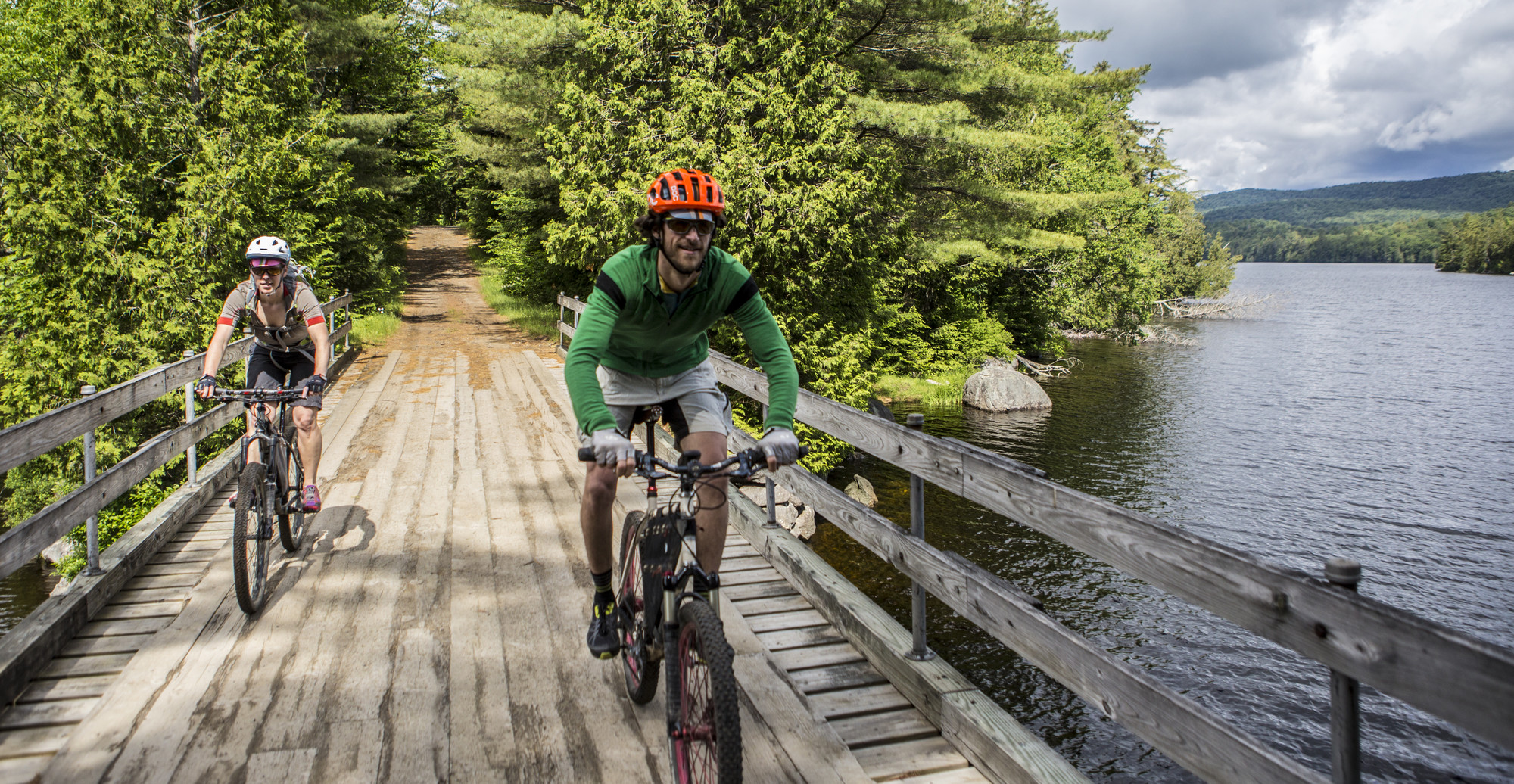
In the summer, interpretive staff are on hand at the camp and provide excellent information to visitors. In addition, AARCH offers tours of Santanoni in the warmer months and these are not to be missed. AARCH plays a significant role in the continued preservation and celebration of Santanoni, through tours and its Friends of Camp Santanoni group. AARCH also publishes books and guides to Santanoni, including Santanoni: From Japanese Temple to Life at an Adirondack Great Camp, by Rob Engel, Howie Kirschenbaum, and Paul Malo. For anyone interested in Santanoni, its history, and Adirondack great camps in general, it is well worth a look.
In winter, the camp is also accessible for those on snowshoe or cross-country skis, but the buildings are not open. However, the DEC does offer a few special "Winter Weekends" in which some buildings are open and the artists studio serves as a warming hut, with coffee, tea, and hot chocolate available. Visitors without snowshoes may borrow a pair at the gatehouse.
As an example of rustic architecture, as well as a view of a way of life long gone, Great Camp Santanoni is a remarkable Adirondack treasure. After you visit Santanoni, be sure to visit the other Great Camps in the Adirondacks.
Create your own memorable Adirondack vacation in the Adirondack Hub with a rustic overnight stay, classic food, and outdoor activities.
This week in ADK news:
